- The 2025 CopernicusLAC Panama Centre Hackathon saw more than 300 participants from 30 countries divided into 53 teams take part.
- $8,000 in prizes were awarded among the winning teams.
Panama City, 6 August 2025. The CopernicusLAC Panama Centre and the Latin American and Caribbean Economic System (SELA) successfully concluded the second edition of the regional Hackathon, focused on leveraging Copernicus Earth Observation (EO) data to strengthen disaster risk reduction (DRR) in Latin America and the Caribbean (LAC).
From 18 July to 6 August, 314 participants from 30 countries – most of them from the LAC region – divided into 53 teams tackled three regional challenges using Copernicus EO data: protecting cities; making communities and environments more resilient; and supporting long-term mitigation and adaptation actions.
Opening with regional and international voices
The opening event brought together institutional leaders and sector experts. Izabela Matusz, Ambassador of the European Union to Panama, reaffirmed EU’s commitment to the CopernicusLAC Panama Centre, while Ambassador Clarems Endara, representing SELA, emphasised the organisation’s dedication to supporting technological and scientific capacity in the region.
Participants also gained valuable insights from guest speakers Monica María López Sánchez (RedCLARA), Juan Carlos Melo Luna (Humanitarian OpenStreetMap Team) and Gil Pletsch (Quiron Digital), who shared their organisations’ work and welcomed the teams to the competition.
Insightful webinars to guide innovation
Throughout the Hackathon, participants had access to expert-led sessions to refine their ideas.
In the first webinar, Dr. Mario A. Salgado-Gálvez, Programme Management Officer of for the Americas and the Caribbean, provided an overview of the Sendai Framework and its impact in DRR, highlighting key considerations for understanding risk reduction in today’s world.
The second webinar featured Lucas Fonseca, Chief Executive Officer of Airvantis, who shared his vision for building a sustainable space ecosystem in the LAC region. He emphasised the region’s vast potential, while noting challenges such as limited investment, connectivity gaps, and a still emerging entrepreneurial culture in the space sector. Education, regional cooperation, and long-term planning were identified as key priorities for fostering global competitiveness.
Recognising the best solutions
Following a rigorous evaluation by a jury composed of Gustavo Herrera (SELA), Oscar Guevara (CAF – Development Bank of Latin America and the Caribbean), Elisa Trujillo (Connecting Business Initiative) and Jorge Cabrera (EU Space Support Office), the winners were announced at the closing ceremony on 6 August. Prizes were awarded to the following teams:
- Comunidades Satélites – $5,000 prize
A platform which combines satellite based (Copernicus) monitoring with functional territorial analysis to anticipate risks, issue alerts, and guide safe, sustainable urban growth. By translating complex satellite data into clear, accessible information, it identifies both physical risks and their ripple effects across networks of mobility, employment, and essential services in suburban and urban communities. Its goal is not just to map hazards but to understand how they affect entire systems and to act strategically before, during, and after events.
- ANP Yanachaga – $2,000 prize
A digital platform which leverages advanced AI and Copernicus data to highlight the role of ecosystems in reducing climate-induced risks. Initially implemented in Peru’s Alto Pozuzo basin within the Yanachaga-Chemillén National Park, it provides tools such as interactive risk maps, a chatbot for prevention and a podcast series sharing stories from Indigenous Communities. Together, these products are designed to raise awareness and promote nature-based solutions for climate resilience.
- Aqua Sentinel – $1,000 prize
An innovative web application for monitoring water bodies and floods. The tool assesses flood risk for road segments and intersections using hydrological simulations and Copernicus data. Through an interactive platform, it suggests safe routes during floods events, providing key information to plan evacuations and optimise resource allocation.
About the CopernicusLAC Panama Centre
The activities of the Centre fall within the overall context of the EU-LAC Digital Alliance, which is a strategic framework to promote cooperation between the European Union (EU) and the Latin America and Caribbean (LAC) region on digital and space issues under the umbrella of the EU Global Gateway strategy. In this context, the European Space Agency (ESA) coordinates the implementation of the Centre on the basis of a Contribution Agreement with the Directorate General for International Partnerships (DG INTPA) of the European Commission, and in close collaboration with the Government of Panama, the MIRE (Ministry of Foreign Affairs) and the SENACYT (National Secretariat for Science, Technology and Innovation).
About the Latin American and Caribbean Economic System (SELA)
The Latin American and Caribbean Economic System (SELA) is a regional intergovernmental organisation, created on October 17, 1975, through the Panama Convention, constitutive of the Latin American Economic System (SELA), composed of 25 Latin American and Caribbean countries; aimed at promoting a system of consultation and coordination to coordinate common positions and strategies in economic matters, before countries, groups of nations, forums and international organisations and to promote cooperation and integration among Latin American and Caribbean countries.






